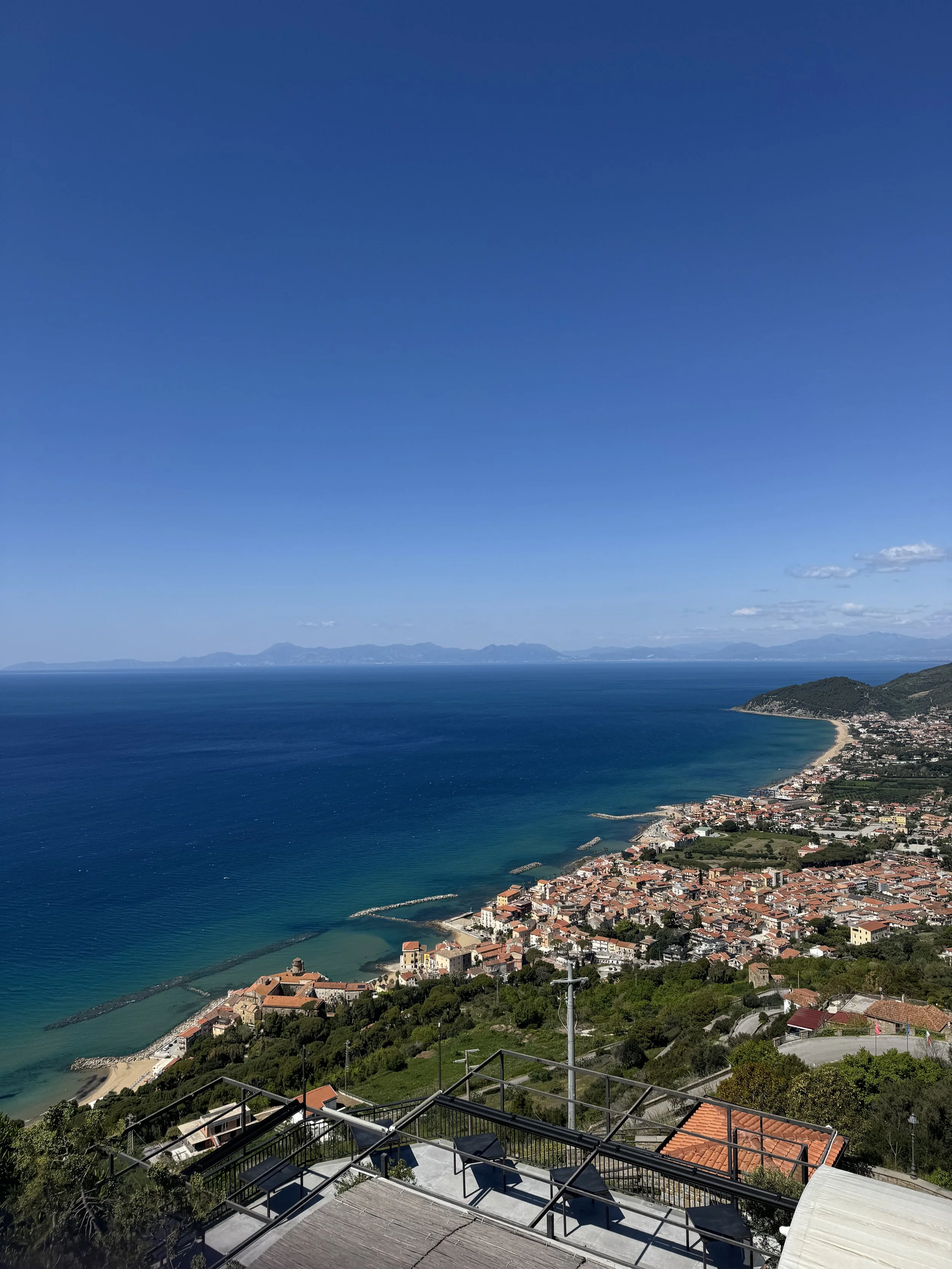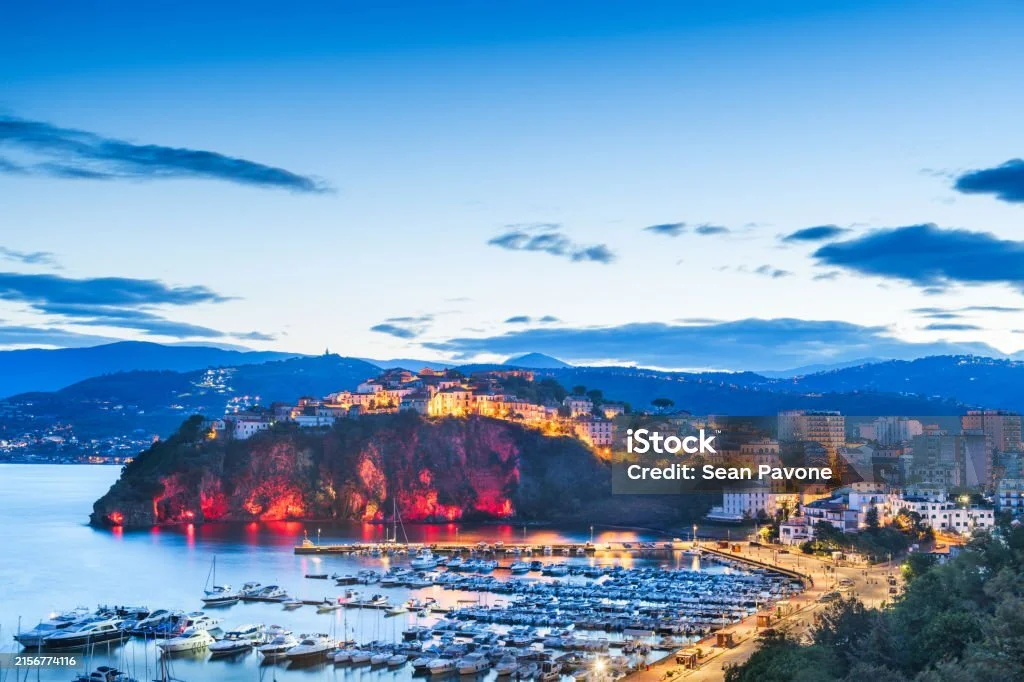Explore the territories behind our selections and discover the essence of true Italian excellence.
Basso Molise
Basso Molise
T\ucked between the Adriatic coast and the gentle inland hills, Basso Molise shares more than just a border with neighboring Puglia—it shares a soul. The two regions are bound by a common devotion to the land, to olive trees shaped by wind and time, and to a food culture rooted in simplicity and strength. But while Puglia’s name echoes across the globe for its olive oil, Basso Molise remains a quieter presence—producing oils of equal depth and character, often from the same revered cultivars.
Here, in the sun-drenched groves just inland from the sea, olive trees thrive in stony, mineral-rich soils. You’ll find varieties that are both native and shared: the powerful Coratina, with its bold, peppery bite and sky-high polyphenols, is grown alongside Gentile di Larino, a local gem prized for its balance and elegance. Others like Leccino, Frantoio, and Peranzana further blur the lines between regions, weaving a tapestry of shared heritage and subtle regional nuance.
While Puglia’s vast groves and large-scale production have earned international recognition, Molise holds onto a more artisanal rhythm—small family-owned farms, traditional stone mills, and oils made in limited batches. The result is olive oil that feels personal, handcrafted, and deeply expressive of place.
In this stretch of Basso Molise, tradition mirrors that of Puglia, yet remains distinctly its own: a land where the olives speak in a familiar dialect, but with a different voice—softer, perhaps, but no less profound.
Abruzzo
Nestled between the Apennine Mountains and the Adriatic Sea, Abruzzo is a land of untamed beauty, where nature and tradition coexist in perfect harmony. Its dramatic geography—towering peaks, deep valleys, and unspoiled coastlines—shapes a region both rugged and generous, where ancient practices are still very much alive.
In the high-altitude forests of the Majella and Gran Sasso ranges, some of Italy’s most prized truffles lie hidden beneath the earth. Here, skilled foragers—many from families who have worked the land for generations—guide their trained dogs through oak and beech woods in search of these aromatic gems. Black and white truffles from Abruzzo are known for their intensity and purity, a result of the region’s untouched soil and diverse ecosystem. These wild delicacies are more than ingredients—they are a testament to the patience, knowledge, and reverence for nature that define life in the Abruzzese mountains.
Further south, in the picturesque hills around Tornareccio—often called the "capital of honey"—beekeeping is a way of life. This small town has preserved a centuries-old tradition of apiculture, where bees gather nectar from wildflowers, acacia, chestnut, and orange blossoms that blanket the countryside. The result is a wide variety of monofloral and wildflower honeys, each one a reflection of the biodiversity and purity of its source. The care and craftsmanship behind each jar speak to a culture that values slowness, stewardship, and authenticity
With every flavor—truffle, honey, oil, or cheese—Abruzzo tells its story: of mountain resilience and coastal grace, of wisdom passed down through hands and seasons. It is a region where landscapes remain untouched and traditions are honored, offering a culinary heritage that is as rich and soulful as the land itself.
Cilento
Cilento is a land where time-honored traditions thrive, protected by its rugged hills, pristine coastline, and deep cultural roots. Recognized as a cradle of the Mediterranean diet, the region is home to several Slow Food Presidia, safeguarding ancient farming methods and rare, native ingredients. From heirloom grains to artisanal cheeses and sun-ripened figs, every product reflects a commitment to sustainability and heritage.
Beyond its culinary treasures, Cilento is also a hub of artisanal craftsmanship, particularly in ceramics. Local artisans shape and paint each piece by hand, drawing inspiration from the region’s natural beauty and historical motifs. Whether in food or design, Cilento preserves the essence of Italian excellence—where tradition, craftsmanship, and the land itself come together in perfect harmony.





